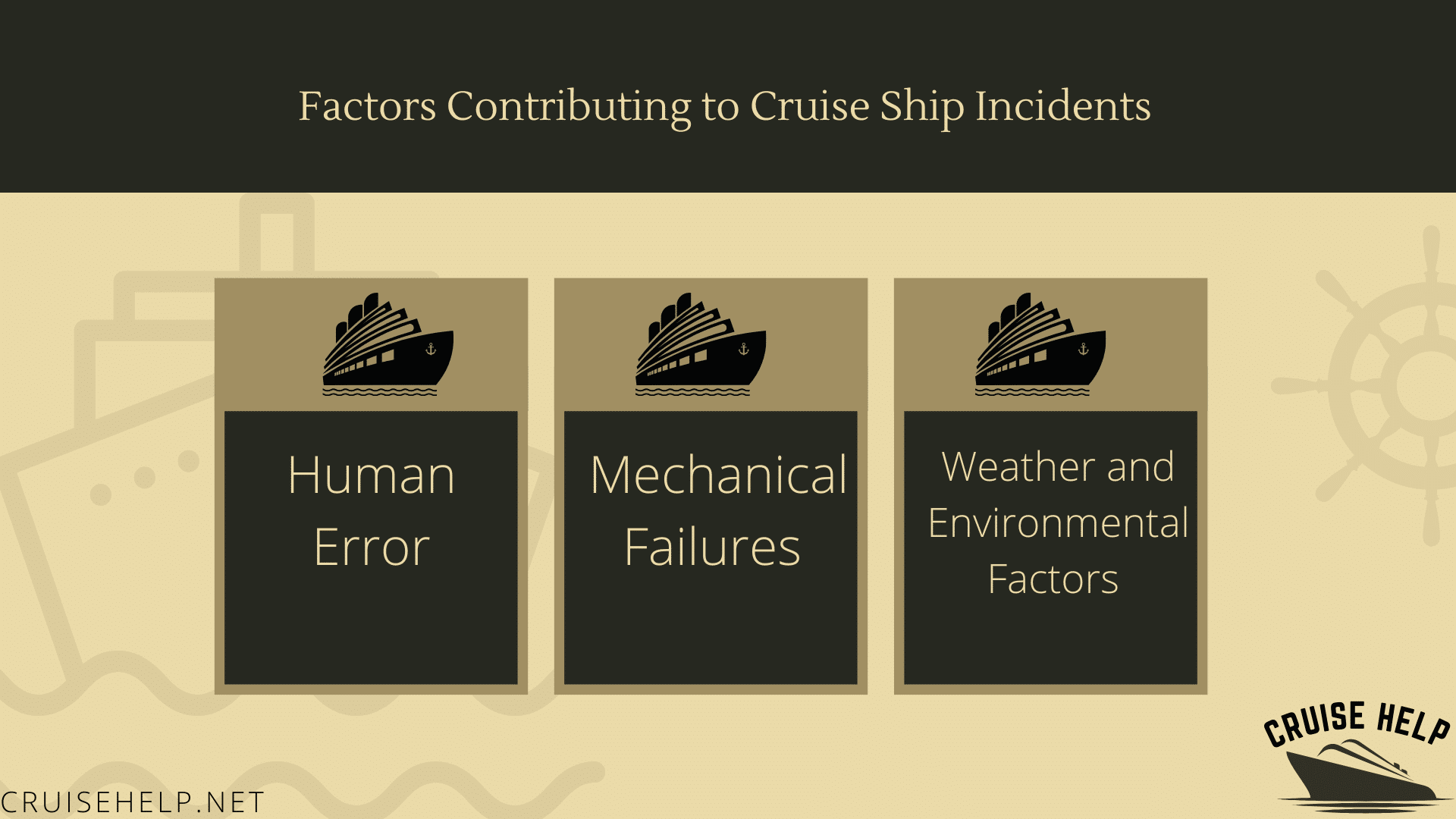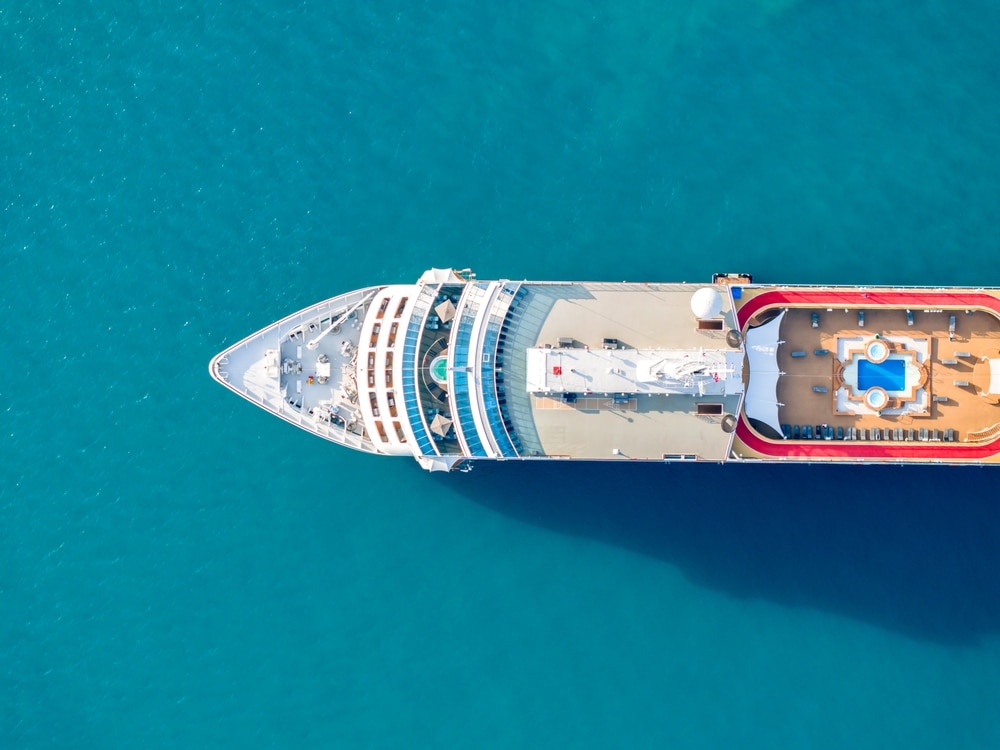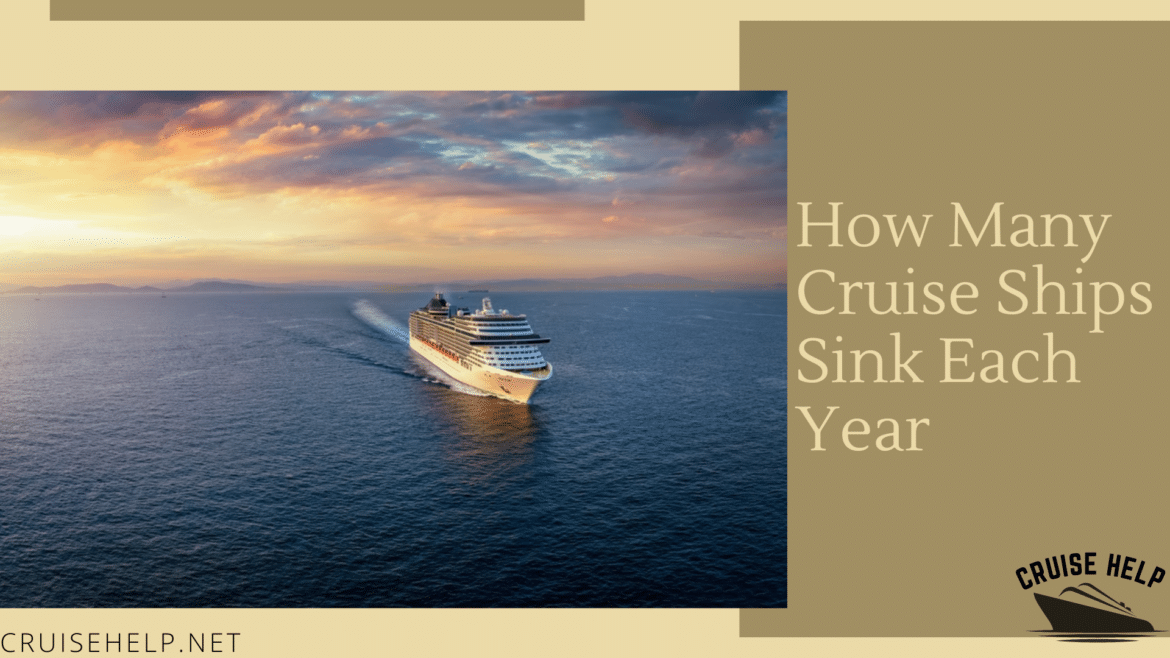Table of Contents
Imagine stepping onto a cruise ship, ready to experience the vacation of a lifetime. The ocean stretches as far as the eye can see, and you’re surrounded by luxurious comforts, beautiful views, and exciting destinations. But for some, a tiny question hovers in the background: What are the chances of cruises actually sink? With huge waves, deep waters, and the occasional scary news story, it’s natural to wonder just how safe cruising really is. Are these floating cities as sturdy as they seem? We’re here to dive into the real numbers, clear up common fears, and show you why millions of people set sail each year without worry.Let’s get to the truth about cruise ship safety and separate the facts from the myths. Spoiler: the answer might put your mind at ease!  How Many Cruise Ships Sink Each Year?
How Many Cruise Ships Sink Each Year?
Despite high-profile incidents, the number of cruise ships that sink annually is extremely low. Maritime experts and ship companies have strict regulations and safety protocols to ensure passenger and crew safety. There is no fixed number for how many cruise ships sink a year, but it is estimated to be less than one large ocean liner per year on average. Most years pass without any significant sinkings involving major cruise lines. When sinkings do happen, they are often linked to extreme weather, human error, or structural failures, which are usually mitigated by modern design and advanced technology.
Factors Contributing to Cruise Ship Incidents

While cruise ships rarely sink, certain factors can lead to accidents that put passengers and crew at risk. Here are some key causes of cruise ship incidents:
1. Human Error
Human error is a leading cause of cruises accidents and sink. The Costa Concordia disaster is a prime example, where the captain’s actions directly contributed to the accident. Ship companies have since improved training and oversight to minimize human error.
2. Mechanical Failures
Failures in equipment, often in the engine room, can sometimes lead to fires or other complications. For instance, fires starting in the engine room have historically been a problem for both large and small cruise ships. Modern cruise lines now invest in regular maintenance and advanced fire suppression systems to prevent fires from spreading.
3. Weather and Environmental Factors
Bad weather is another risk for cruises ship to sink. Rough seas, storms, and even rogue waves can damage a vessel or pose a safety risk. However, with the aid of modern weather forecasting and satellite tracking, cruise line companies usually alter routes to avoid severe weather, making sinkings due to weather highly uncommon.
Notable Incidents Involving Cruise Ships

MV Explorer
The MV Explorer, a small cruise ship known for its voyages to remote locations, sank in November 2007. While navigating icy waters near Antarctica, the ship struck submerged ice, creating a breach in its hull. Fortunately, rescue efforts were swift, and all passengers and crew were safely evacuated. The incident highlights the unique challenges faced by cruise ships in polar regions, where ice and extreme weather conditions demand heightened safety precautions.
MS Sea Diamond
Another notable case is the sinking of the MS Sea Diamond near Santorini, Greece, in 2007. This cruise ship struck a volcanic reef and began taking on water. Despite efforts to salvage the vessel, it eventually sank. While most passengers were safely evacuated, two people were unaccounted for and presumed dead. This incident raised questions about route planning, safety measures, and environmental impact, especially as it occurred near a popular tourist destination
How Do Modern Safety Protocols Protect Cruise Passengers?
Cruise line operators adhere to strict international standards for ship design and safety protocols. The International Maritime Organization (IMO) oversees regulations that enforce safety checks, emergency drills, and preparedness plans on cruise ships. Here are a few measures that help ensure passenger safety:
Fire Safety: Ship companies have improved fire safety on board following incidents like the SS Morro Castle. Modern passenger liners are equipped with fire-resistant materials and advanced detection systems.
Lifeboat Drills: Every cruise ship conducts lifeboat drills to familiarize passengers with evacuation procedures. These drills are mandatory and ensure that everyone on board knows where to go and what to do in case of an emergency.
Environmental and Ice Navigation: For small cruise ships venturing into polar regions, such as the MV Explorer, navigation in icy waters demands extra caution. Modern cruise lines are increasingly equipping their ships with reinforced hulls to withstand ice, reducing the risk of damage.
Final Thoughts on Cruise Ship Safety
When looking at how many cruise ships sink each year, it’s clear that the number is very low. Major ship companies like Costa Cruises prioritize safety to prevent tragedies like the Costa Concordia. Modern safety protocols address potential hazards in the engine room, help contain fires that may have otherwise caught fire, and prevent human error from causing large-scale incidents.
Overall, with millions of passengers embarking on cruises yearly, the statistics show that the risk of a ship to sink is incredibly minimal. Advanced technology, rigorous training, and established safety protocols collectively contribute to making cruising one of the safest vacation options.
